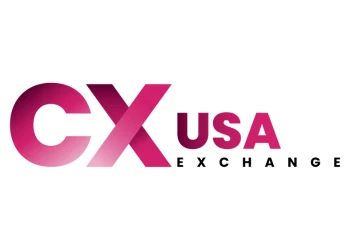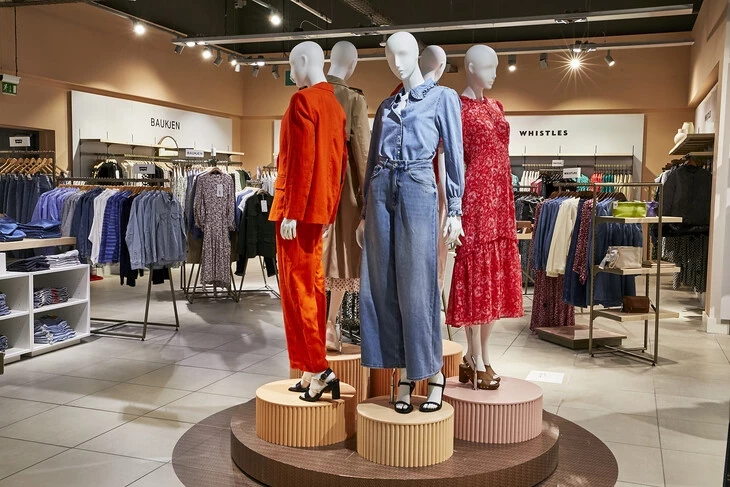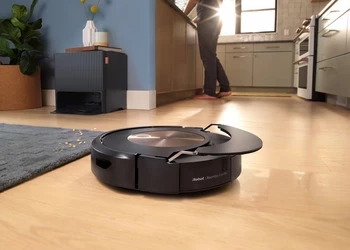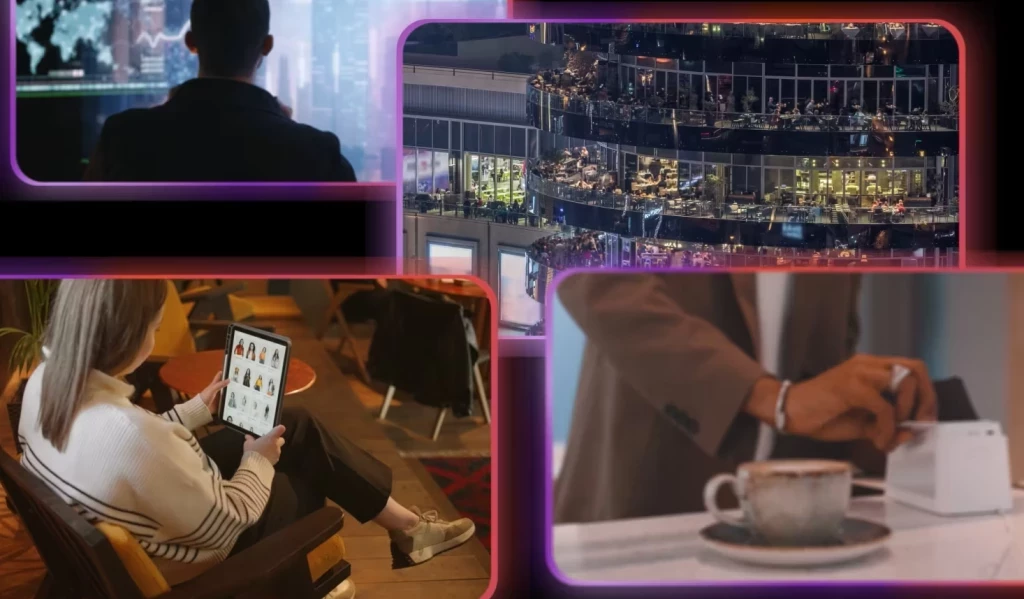Meta’s vision of a virtual future drives Ray-Ban sales and share price
Ray-Ban owner reports best quarterly sales results and highest market value on the back of Meta smart glasses collaboration
Add bookmark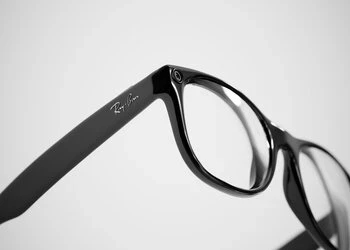
Following the launch of two revolutionary products, 2025 was tipped to be the year virtual experiences went mainstream. Late 2024 saw Snap unveil its “the next frontier of AR glasses” and Meta launch its “first true augmented reality glasses”, the Ray-Ban smart glasses.
Now, as we approach the end of 2025, shares in EssilorLuxottica, the parent company of Ray-Ban, surged 14 percent on the back of its latest financial results, driving total market value to a record high of almost US$20 billion.

Don't miss any news, updates or insider tips from CX Network by getting them delivered to your inbox. Sign up to our newsletter and join our community of experts.
What’s happening at Ray-Ban?
The financial results, published on October 17, confirm Ray-Ban out-performed expectations to post its best quarterly results, largely driven by the growing demand for wearables, including the Meta smart glasses unveiled last year.
When compared with 2024, EssilorLuxottica saw third-quarter sales rise 11.7 percent to reach €6.9 billion euros ($8.1 billion). Sales of its AI glasses were up 200 percent in H1. But it isn’t just sales that are delivering gains. On the back of the news, investor interest spiked and Ray-Ban shares surged 13.8 percent in value. The company is now ramping up production of its lines of smart glasses to keep ahead of the growing demand.
In a statement, the company said: “The exponential growth of wearables provided an extra-boost to the top-line performance.”
Why are smart glasses suddenly popular?
The news from EssilorLuxottica is somewhat unexpected. Many have tried and failed in the smart glasses market – even earlier models from Meta and Ray-Ban failed to make a notable impact – but better technology and more use cases are driving adoption of wearables.
Google’s first foray into smart glasses was a resounding flop that even mega-star models from Beyonce to Jennifer Lawrence couldn’t prevent. As mentioned, Meta’s first-generation smart glasses, launched in 2021, didn’t fully capture the public’s imagination. That consumers repeatedly failed to pay much attention to a futuristic product backed by some of the biggest names on the planet appeared to seal the fate of smart glasses.
However, it turns out big names are not the route to success for smart glasses; instead, success is in the use case.
At $800 a pair, the latest Meta Ray-Ban Display smart glasses feature Meta AI, an upgraded camera and in-lens display. But as the most advanced AI glasses Meta has ever sold, the innovations don't end there. This generation features a full-color, high-resolution display that is "there when you want it and gone when you don’t". Each pair comes with its own Meta Neural Band that can translate muscle activity into commands for the glasses. The tech also boasts live captions and translation of select languages in real time. This generation also features practical upgrades, such as longer battery life.
Better cameras, more functionality and, of course, the infusion of artificial intelligence (AI) are transforming the fortunes of a product the tech world has been pushing on consumers for more than a decade. With sales now picking up, investors are happy to back those companies that dare to step into wearables via the stock market, pushing smart glasses to a tipping point that could now see development – and tech upgrades – rolled out at break-neck speed.
Who else is developing smart glasses?
Ray-Ban and Meta may lead the market at present, but as we saw with the rise and fall of Blackberry in the smartphone market, dominant players must continue to innovate to preserve their market position.
At present, Meta and Ray-Ban’s competitors include Amazon with its line of Echo Frame glasses and HUAWEI with its Eyewear 2 glasses. In the headset space, Apple’s Vision Pro and Samsung’s Project Moohan are both laying the foundations for a future defined by immersive experiences, but with hefty and somewhat prohibitive price tags, these products are viewed more as the tech that will lay the foundations for future developments, rather than products that will sell out in the coming months.
On October 22, Samsung and Google announced a new Android XR operating system for VR, co-developed with Qualcomm. By combining Android’s XR with Google’s Gemini multimodal AI, it is expected the resulting products – from VR headsets to smart glasses – will be unrivalled in capability. Their Galaxy XR headset is the first to hit the market and will retail at $1,800.
Will 2026 be the year immersive experiences go mainstream?
While there is a leap to be made between the general public finally accepting smart glasses and B2C brands going all out to provide virtual and immersive experiences, developments over the last week do prompt the question of whether 2026 will be the year immersive experiences go mainstream.
And if we hadn’t been asking that question for the last two years, it might seem much easier to answer.
The bottom line is, virtual reality isn’t right for every brand and recent developments in no way mean the metaverse is about to become “a thing”. Although sales of smart glasses are rising, they’re not yet at the level of mass adoption required for every brand to step into the virtual future in a big way.
Quick links
- CX trends in 2026: What to expect and how to prepare
- Klarna and Google form AI partnership to revolutionize shopping experiences
- The future of customer experience – A CX Network guide
All Access: Future of CX 2025

Join us to hear from industry leaders, innovators, and CX experts as they share insights, strategies, and tools for harnessing customer feedback to drive meaningful change.
Register Now
